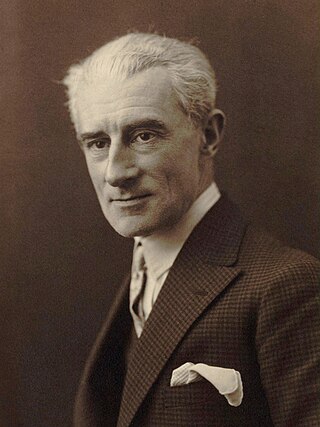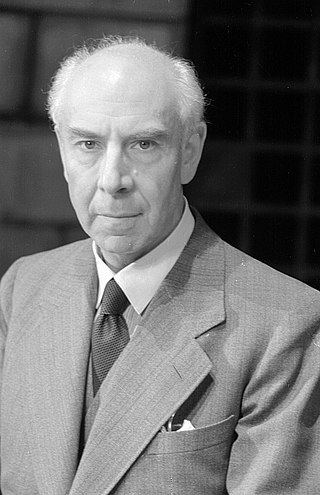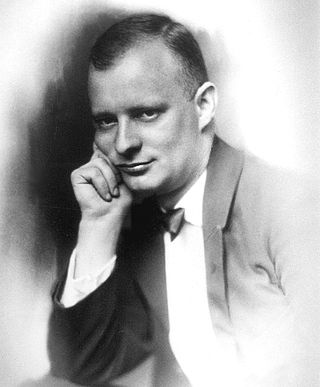
In music, a cadenza is, generically, an improvised or written-out ornamental passage played or sung by a soloist or soloists, usually in a "free" rhythmic style, and often allowing virtuosic display. During this time the accompaniment will rest, or sustain a note or chord. Thus an improvised cadenza is indicated in written notation by a fermata in all parts. A cadenza will usually occur over either the final or penultimate note in a piece, the lead-in, or the final or penultimate note in an important subsection of a piece. It can also be found before a final coda or ritornello.

The Violin Concerto in D major, Op. 61, was written by Ludwig van Beethoven in 1806. Its first performance by Franz Clement was unsuccessful and for some decades the work languished in obscurity, until revived in 1844 by the then 12-year-old violinist Joseph Joachim with the orchestra of the London Philharmonic Society conducted by Felix Mendelssohn. Joachim would later claim it to be the "greatest" German violin concerto. Since then it has become one of the best-known and regularly performed violin concertos.

The Piano Concerto No. 2 in B♭ major, Op. 83, by Johannes Brahms is separated by a gap of 22 years from his first piano concerto. Brahms began work on the piece in 1878 and completed it in 1881 while in Pressbaum near Vienna. It took him three years to work on this concerto, which indicates that he was always self-critical. He wrote to Clara Schumann: "I want to tell you that I have written a very small piano concerto with a very small and pretty scherzo." Ironically, he was describing a huge piece. This concerto is dedicated to his teacher, Eduard Marxsen. The public premiere of the concerto was given in Budapest on 9 November 1881, with Brahms as soloist and the Budapest Philharmonic Orchestra, and was an immediate success. He proceeded to perform the piece in many cities across Europe.

Boléro is a 1928 work for large orchestra by French composer Maurice Ravel. It is one of Ravel's most famous compositions. It was also one of his last completed works before illness diminished his ability to write music.

Robert Marcel Casadesus was a renowned 20th-century French pianist and composer. He was the most prominent member of a distinguished musical family, being the nephew of Henri Casadesus and Marius Casadesus, husband of Gaby Casadesus, and father of Jean Casadesus.

Maurice Ravel's Piano Concerto in G major, was composed between 1929 and 1931. The piano concerto is in three movements, with a total playing time of a little over 20 minutes. Ravel said that in this piece he was not aiming to be profound but to entertain, in the manner of Mozart and Saint-Saëns. Among its other influences are jazz and Basque folk music.
Sergei Prokofiev's Piano Concerto No. 4 in B-flat major for the left hand, Op. 53, was commissioned by the one-armed pianist Paul Wittgenstein and completed in 1931.

Robert Heger was a German conductor and composer from Strasbourg, Alsace-Lorraine.
Alan Kogosowski is an Australian classical pianist.
Ivor McMahon (1924–1972) was an English violinist. He played with notable orchestras including the Philharmonia Orchestra and the English Chamber Orchestra and is best known for playing second violin in the Melos Ensemble.
Soundings is an orchestral composition by the American composer Elliott Carter. The work was commissioned by the Chicago Symphony Orchestra for their final season with the conductor Daniel Barenboim as music director. It was first performed on October 6, 2005 at the Symphony Center, Chicago, by Barenboim and the Chicago Symphony Orchestra.
The Piano Concerto No. 2 is a composition for solo piano and orchestra by the Finnish composer Magnus Lindberg. The work was jointly commissioned by the Royal Concertgebouw Orchestra, the Gothenburg Symphony Orchestra, and the New York Philharmonic, for which Lindberg was then composer-in-residence. It was given its world premiere at Avery Fisher Hall on May 3, 2012 by the pianist Yefim Bronfman and the New York Philharmonic under the direction of Alan Gilbert.
Left, alone is a piano concerto for the left hand and orchestra by the Danish composer Hans Abrahamsen. The work was commissioned by the Westdeutscher Rundfunk and co-commissioned by the City of Birmingham Symphony Orchestra, the Danish National Symphony Orchestra, and the Rotterdam Philharmonic Orchestra. Its world premiere was given by the pianist Alexandre Tharaud and the Westdeutscher Rundfunk Sinfonie-Orchester under the direction of Ilan Volkov on January 29, 2016. The piece is dedicated to Alexandre Tharaud.
The Concerto for Piano and Orchestra is a musical composition by the American composer Aaron Copland. The work was commissioned by the conductor Serge Koussevitzky who was then music director of the Boston Symphony Orchestra. It was first performed on January 28, 1927, by the Boston Symphony Orchestra conducted by Koussevitzky with the composer himself as the soloist. The piece is dedicated to Copland's patron Alma Morgenthau Wertheim.

The Concerto for Viola and Orchestra is a viola concerto by Soviet and German composer Alfred Schnittke. It was written in the summer of 1985. Its dedicatee is viola player Yuri Bashmet, who gave the work its world premiere with the Royal Concertgebouw Orchestra conducted by Lukas Vis at the Concertgebouw in Amsterdam on 9 January 1986.
The bassoon repertoire consists of pieces of music composed for bassoon as a principal instrument that may be performed with or without other instruments. Below is a non-exhaustive list of major works for the bassoon.
The Concerto for Violin and Orchestra "Eleven Eleven" is the first violin concerto written by American composer Danny Elfman. Co-commissioned by the Czech National Symphony Orchestra, Stanford Live at Stanford University, and the Royal Scottish National Orchestra, the piece premiered at Smetana Hall in Prague, on June 21, 2017, with Sandy Cameron on violin and John Mauceri conducting the Czech National Symphony Orchestra. In 2019, the premiere recording of the concerto featured Cameron with Mauceri conducting the Royal Scottish National Orchestra.
The Concerto for Piano is the first piano concerto by the American composer Joan Tower. The work was commissioned by the Hudson Valley Philharmonic, the Saint Paul Chamber Orchestra, and the Philharmonia Virtuosi with a grant from the National Endowment for the Arts. Its world premiere was performed by the pianist Jacquelyn M. Helin and the Hudson Valley Philharmonic conducted by Imre Palló on January 31, 1986. The music contains numerous allusions to the music of Ludwig van Beethoven, in whose memory it is dedicated.

Klaviermusik mit Orchester, Op. 29, is a 1923 piano concerto by Paul Hindemith. Subtitled Klavier nur linke Hand, it is a piano concerto for the left hand alone. It was commissioned by the pianist Paul Wittgenstein, who lost his right arm in the World War. He never played the piece, and when he died, his widow refused access to the score. The premiere, after her death, was played in Berlin in 2004, with Leon Fleisher as the soloist and the Berlin Philharmonic conducted by Simon Rattle. It was published by Schott.











